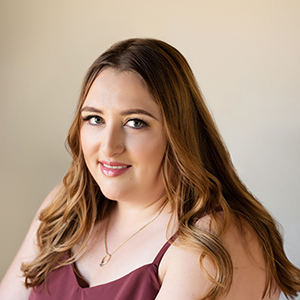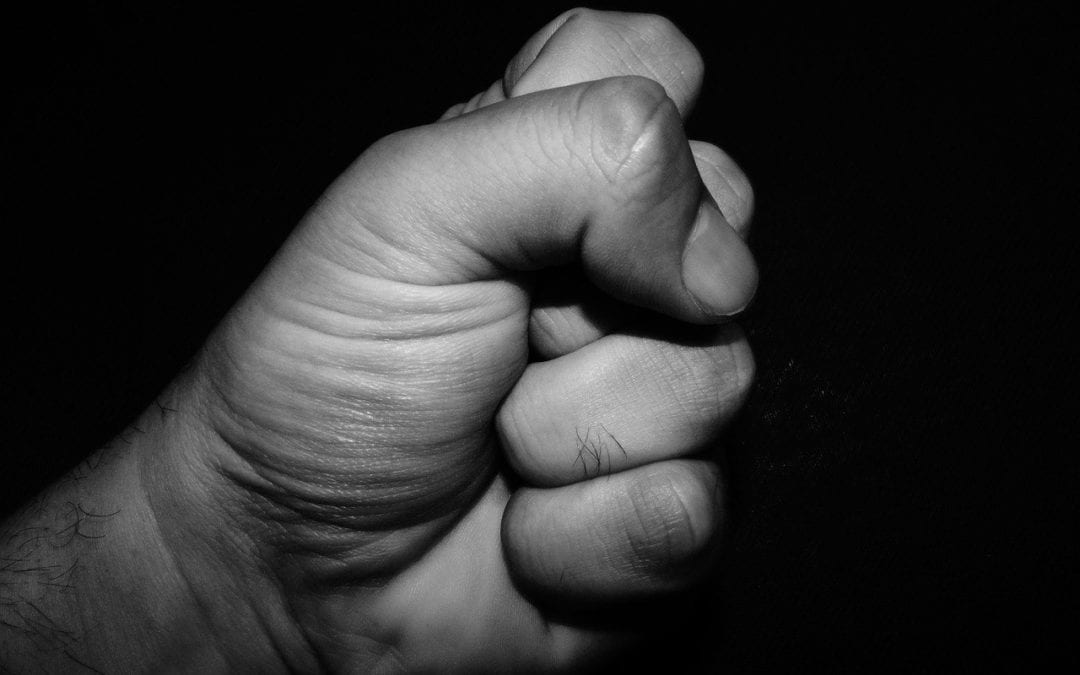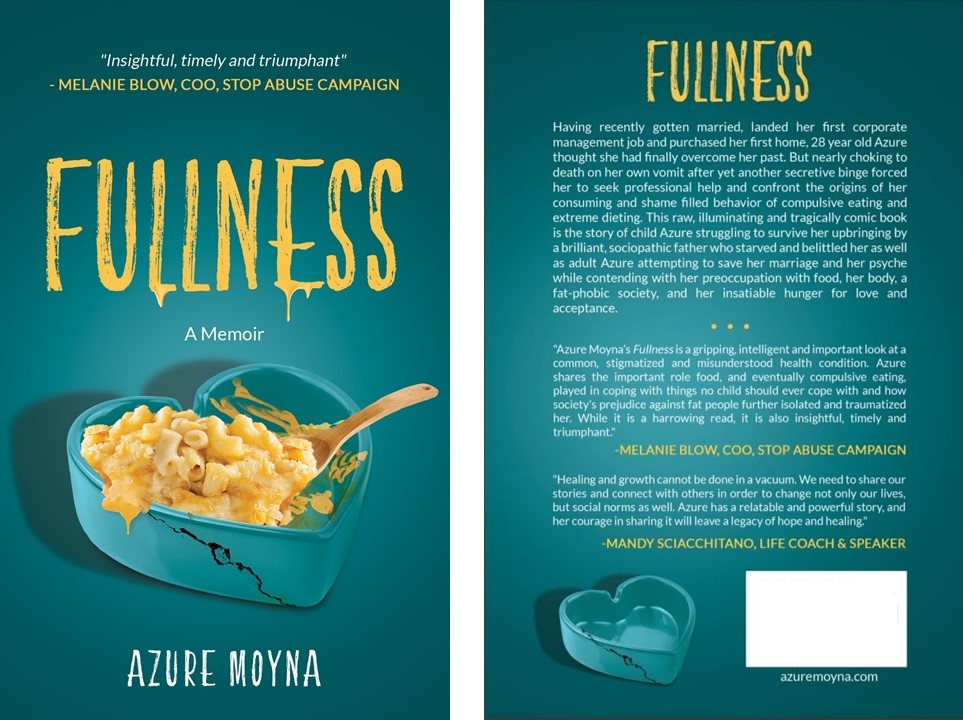Physical Abuse Is So Much Bigger Than The Standard Definition
When people think of physical abuse, they often think of black eyes, busted lips, and broken arms or noses. But what if the abuse you suffered was physical in nature but wasn’t one of these things? It can feel really invalidating to have even formal definitions of physical abuse not include these other actions that still felt physically threatening, that still physically hurt, that were still done to your body chronically and against your will.
Wikipedia defines physical abuse as “any intentional act causing injury or trauma to another person or animal by way of bodily contact,” where injury is defined as “damage to the body caused by external force.” The major shortfall with this definition is that bodily damage (bruise, broken skin or worse) is required in order to meet the definition. Unfortunately, many people, like myself have been or are physically abused in a way that is not severe enough to meet this substandard definition because though painful and done with malice intent the abuse didn’t necessarily produce an injury large enough to meet the definition. What can exacerbate this is the fact that even among abuse survivors there can be a competitiveness, where each believes “they had it worse,” as I describe in my previous blog post Hierarchy of Abuse. When you combine this with family traditions where abuse is passed down from generation to generation, abuse can be defended as not being abuse because it looked different than what the abuser experienced when they were a child.
In my upcoming memoir, Fullness, I shared that my father “talked fairly openly about how he hated his own father for physically abusing him and resented his mother for letting it happen. He hated what he considered child abuse, as in sexual abuse and physical abuse that met his threshold. Poking, kicking, grabbing, pushing, swatting, hair pulling and physical intimidation did not meet his definition, of course.” Even worse, some abusers can be cunning and quite calculating like “abuse actuaries, constantly calculating risks of getting caught.” As I describe in my book, “my mom never went to work with… any [mark] people would obviously associate with beatings. He was too smart for that. Instead, her bruises were often in places that would be covered by clothes.”
There are also other non-conventional ways physical abuse can take place, such as forced manual labor. Of course, not every child who helps in the family business is being abused. But being made to work for hours and hours in the sun doing (sometimes dangerous forms of) manual labor without breaks is, especially when it is done with the intent of being painful for the child. In Fullness I recall “the look in [my father’s] eye of an almost orgasmic satisfaction from his power and control over me, as if I were a wild mustang just made to take the saddle. Was this [forced labor] not abuse of my body? …Was he not gaining pleasure from every scrape, bruise, blister, cramp, drop of sweat and aching stomach that I got against my will, even if the pain had been inflicted by work he made me do and not his closed fist?”
We all know the saying that beauty is in the eye of the beholder. Conversely, when it comes to treatment, “abuse is in the heart of the abused.” Someone who is abused knows if the way they were physically touched hurt them and hurt them often. Someone who is abused can ascertain whether it was a careless accident or if their parent meant to inflict pain or gained pleasure from inflicting pain. If it physically hurts or is physically threatening and it is done with intent and against your will, it is physical abuse.
These examples I have shared may not meet the classic definition of physical abuse, but are physical abuse nonetheless as anyone who has experienced abuse in this form can attest to. And here is why:
- Poking, kicking, grabbing, pushing, slapping, swatting- these may be done in a way where there isn’t much of or any residual bruising or other physical mark, but when done with intent, these actions are meant to inflict physical pain against the recipient’s will. Doing these actions repetitively is meant to inflict chronic pain and create fear in the child. A lingering physical mark doesn’t need to be present to legitimize this type of abuse.
- Hair pulling- it is very possible to pull someone’s hair and often to inflict pain but not pull hard enough to create a missing patch of hair. Is the pain experienced by this less legitimate if the hair is still intact?
- Forced manual labor- Intentionally inflicting pain upon a child indirectly by making them engage in grueling physical tasks that create pain is not altogether different than hurting them by direct physical touch.
- Physical intimidation- this is the form of physical abuse that is most controversial. I can imagine someone having difficulty understanding how an action can be physical abuse when bodily contact is not even made. When there is a very real threat of violence—lunging at a child in a threatening way as if to hit them, yelling in a child’s face like a drill sergeant so close that spit droplets spray in their face, as a couple of examples, produces a physical, visceral response in a child: tensed muscles, intense fear, flinching, etc. These physical responses are done to a child with the intent of making them feel that way and against their will. This is what makes it abuse.
The definition I believe needs to be more widely adopted is:
Physical Abuse: physical action or threat of physical action action that produces physical pain in the recipient or the physical anticipation of physical pain in the recipient with knowledge of (an in some cases gaining pleasure from) the recipient’s pain. The physical action can be both directly inflicted by the abuser or forced whereby the recipient against their will is forced to engage in activity that inflicts pain.
If you agree that the referenced actions are also physical abuse and if you experienced a form of non-conventional physical abuse not listed, please comment below.
Wishing you the very best in your healing from the abuse your suffered.
Do you know your score?
Discover your ACE score and unlock a new understanding of your life. Take the test and gain insights into how your early experiences shape your well-being. Don't let your past define you – empower yourself with knowledge.

Azure Moyna
Writer and Coach
Azure Moyna is a writer and coach about issues relating to food, body, mental illness, familial dysfunction, societal treatment of overweight people, and the healing journey. Azure is the author of her memoir, Fullness.

